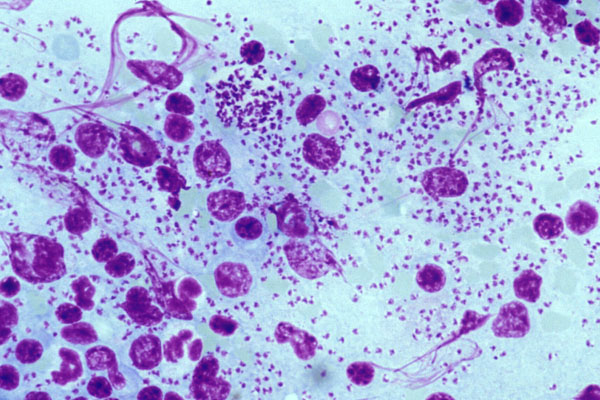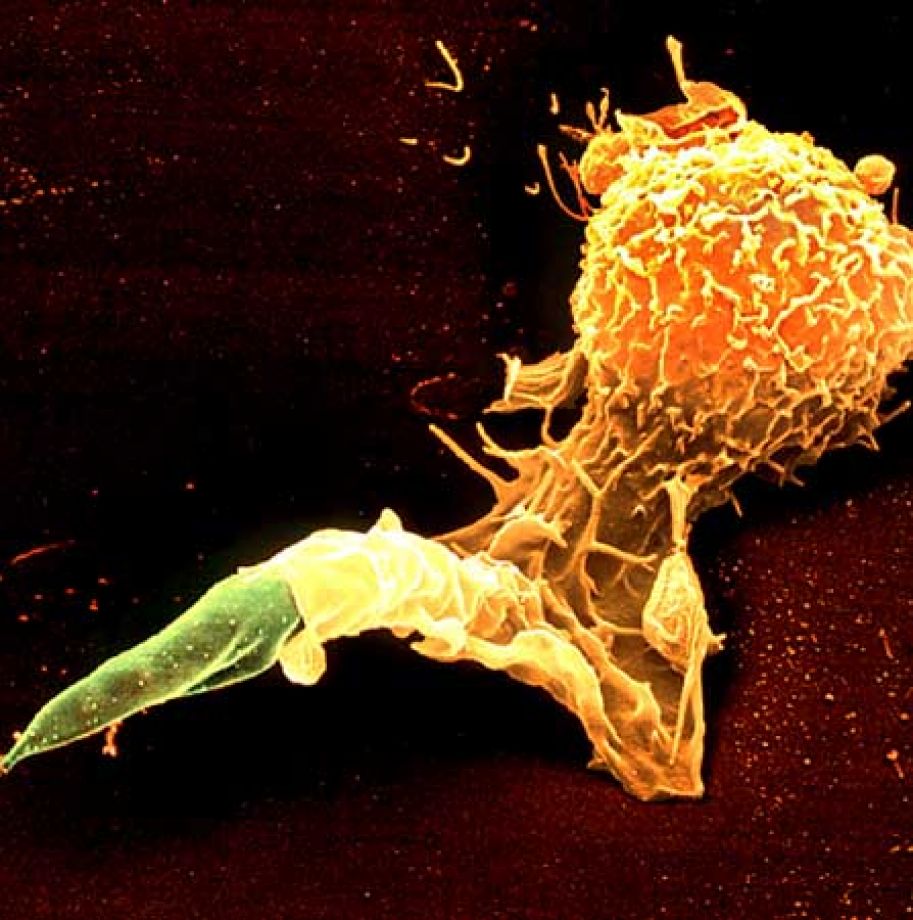Cytokine Release Assays Tests for Leishmaniasis in Transplant Recipients
By LabMedica International staff writers
Posted on 10 Nov 2015
Cytokine release assays have been used to determine the prevalence of Leishmania infantum infection in solid organ transplant (SOT) recipients living in an area where the organism is endemic following an outbreak.Posted on 10 Nov 2015
Spain has one of the world’s largest pools of organ donors and is a global leader in terms of the number of transplants it performs but the current outbreak of leishmaniasis in Fuenlabrada in the southwest of the region of Madrid has involved 600 clinical cases since late 2009, a prevalence of 0.2%.
Scientists at the Instituto de Salud Carlos III (Madrid, Spain) enrolled 63 SOT (kidney, liver and heart) recipients who were aged 18 years or older, had undergone transplant surgery between 2005 and 2013, and resided in the town of Fuenlabrada. Fifty seven subjects had experienced no previous episode of visceral leishmaniasis (VL) or compatible symptomology (NVL subjects), and six had been cured of visceral leishmaniasis (CVL subjects).
Leishmania infantum antigen extract was prepared from promastigote stationary phase parasite cultures. Peripheral blood mononuclear cells (PBMCs) were isolated by density centrifugation and the collected cells were cultured in RPMI 1640. Cell proliferation was measured by bromodeoxyuridine incorporation using the Cell Proliferation Biotrak ELISA kit (General Electric Healthcare Life Sciences, Little Chalfont, UK). The supernatants of the in vitro cell cultures were collected and stored at -20 °C for cytokine quantification. Cytometric quantification was carried out using BD Cytometric Bead Array Human Flex Set and data were acquired using a FACSCalibur flow cytometer (Becton Dickinson Biosciences, Franklin Lakes, NJ, USA).
Seventeen subjects (12 NVL and 5 CVL) showed a patent lymphoproliferative response to soluble Leishmania antigen (SLA). Stimulation of peripheral blood mononuclear cell cultures and of whole blood with SLA led to the production of different combinations of cytokines that might serve to confirm Leishmania infection or recovery from VL and help prevent cured patients from relapsing into this serious condition. The results showed that tests for the cell–mediated immune response are crucial for detecting exposure to L. infantum as serological tests alone are insufficient. This is especially true when trying to detect evidence of exposure in immunosuppressed individuals, who are at greater risk of developing clinical leishmaniasis after becoming infected or relapsing after treatment for VL.
The authors concluded that their results highlighted the need to use tests that detect the cell-mediated immune response when screening for asymptomatic subjects in areas with endemic leishmaniasis. They also show that PBMC cultures and/or whole blood assays can be used to search for leukocyte cytokine production as a marker of infection. The production of IFN-γ, TNF-α, granzyme B, IL-5 and IL-10 by SLA-stimulated PBMCs, and of IFN-γ, TNF-α and IL-2 by SLA-stimulated whole blood, could be used to indicate exposure to leishmaniasis, especially for patients subjected to induced immunosuppression. The study was published on October 23, 2015, in the journal Public Library of Science Neglected Tropical Diseases.
Related Links:
Instituto de Salud Carlos III
General Electric Healthcare Life Sciences
Becton Dickinson Biosciences










 (3) (1).png)





